Imagine flipping a coin for the success of your growing SaaS brand.
Heads: You manage to widen your brand’s visibility and awareness for the need for your product, but struggle to actually drive leads and revenue. Tails: You have no problem driving leads, but can’t seem to scale your exposure. Sounds like a frustrating situation, doesn’t it? Welcome to the world of Demand Generation and Lead Generation.
These two marketing methodologies have long been in contention with one another. Which is odd, when you stop to consider the fact that they are essentially two sides of the same coin.
“While demand generation and lead generation would seem interchangeable, demand generation focuses on brand awareness and product education at the top of the funnel, where lead generation is focused on converting prospects into qualified leads that can be nurtured into becoming customers.”
– Sendoso
Here, we’ll be covering the intricacies of demand generation and what distinguishes it from it’s more conversion-focused counterpart, lead generation. We will cover what the differences between the two practices mean and, more importantly, where they may or may not be falling short.

Demand Generation vs. Lead Generation
It’s no wonder that these two terms are so frequently conflated and confused. Today’s modern day B2B buyer’s journey is vastly more complex than the traditional marketing funnel would lead you to believe.
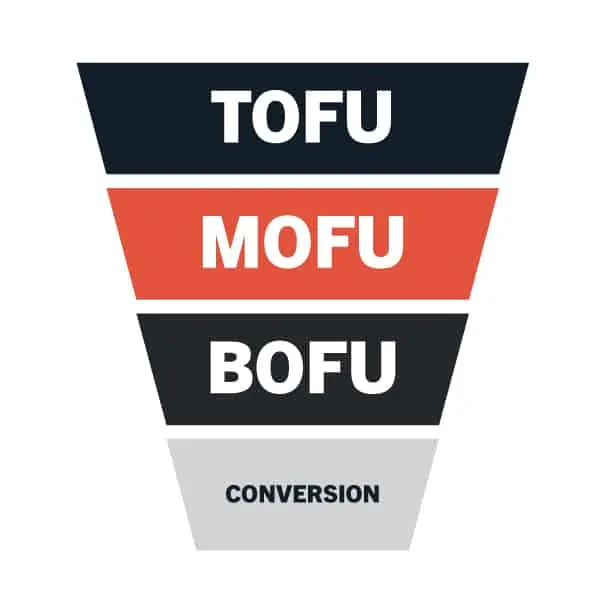
The dissection of the marketing funnel into TOFU and BOFU (demand gen and lead gen, respectively) just isn’t an accurate representation. Even if you take into account middle of funnel transition campaigns you almost always end up losing out on vital consumer insights compared to looking at the entire buying journey.
Instead, it’s far more accurate to look at the buyer’s journey as a far less linear adventure. Something a bit more like the graphic below.
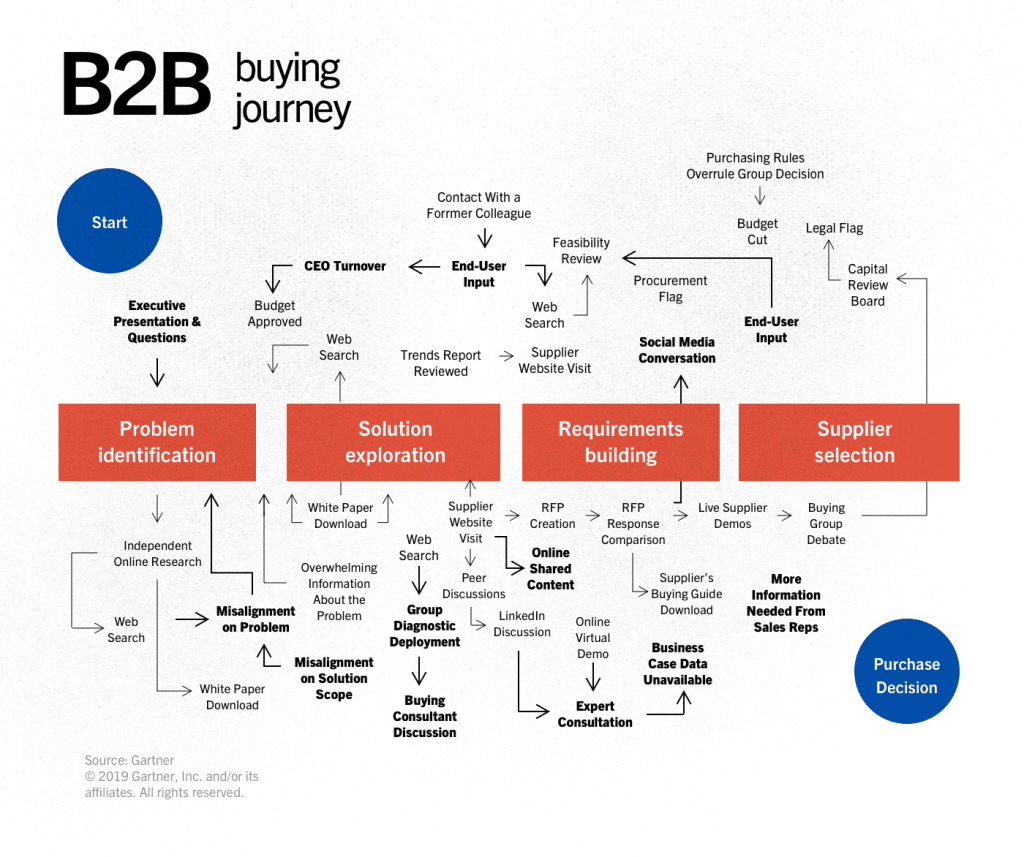
Now, just because the line from first impression to signing the contract isn’t as straight of an arrow as you thought, that doesn’t mean that Demand Generation and Lead Generation don’t still have their places in modern SaaS marketing.
The picture is just a bit more… nuanced.
What Is Demand Generation?
Let’s make things easier for you to understand Demand Generation as a broad topic while we dive into the nitty gritty throughout this post.
Demand generation is the focus of targeted marketing programs to drive awareness and interest in a company’s products and/or services.

Common Demand Gen SaaS Strategies
You can find a list of example demand generation campaigns in the list below, linked to some helpful guides:
- Brand Building
- Endorsements
- Review Sites and Social Proof
- Thought Leadership
- Content Marketing
- SEO
- Give Aways
- Event Marketing
- Partnerships
- Email List Building for Remarketing
- CTV and Programmatic Advertising Campaigns
But remember, this is only the first half of the game when you think of the traditional marketing funnel.
And that hand-off is a tricky (and often costly) one.
What Is Lead Generation?
On the other side of that hand-off is lead generation. So, it’s important you have a cursory understanding of what lead generation is before we start analyzing how it can be improved.
Lead generation is the initiation of consumer interest or enquiry into products or services of a business. Leads can be created for purposes such as list building, remarketing, or for sales follow ups.

Common Lead Generation SaaS Strategies
Below you can find a list of common lead generation strategies that you might also recognize:
- Gated Content Downloads
- Email Remarketing
- Dedicated Landing Pages
- Feature-driven Content
- Benefit-value Content
- User-generated Content
- Social Proof for Validation
- Directory Sites and Referrals
- Free Demos
- Freemium Pricing Models
- Conversational Marketing Chatbots
- PPC Advertising (SEM, Social, Display, Programmatic)
The list goes on far past the 12 above. But basically, if you’re trying to collect the contact information from a potential marketing qualified lead (MQL) in order to follow up later with a sales opportunity, you’re working with a lead generation strategy.
Where Demand Gen And Lead Gen Can Fall Short
As the introductory quote concisely stated, Demand Gen traditionally focuses on the top of the funnel while Lead Gen focuses on the bottom. But here’s the issue. The funnel itself is an outdated metaphor that brings a slew of potentially fatal marketing mistakes with it.
First and foremost of which is that the all mighty MQL – the Marketing Qualified Lead – is a worthwhile goal.
“The truth is that when you line up the numbers and run them through a statistical analysis, MQLs just don’t consistently translate to revenue – especially not with the consistency you want to see when scaling.”
If the first comparison of the traditional marketing funnel compared to the actual B2B buyer’s journey wasn’t clear enough for you, let’s try a more explicit metaphor.
This is one of the biggest reasons why traditional demand generation and lead generation constantly find themselves in unproductive competition in the SaaS space. The extended life cycle of the average SaaS buyer and the need for countless pre close marketing touches makes attribution nearly impossible.
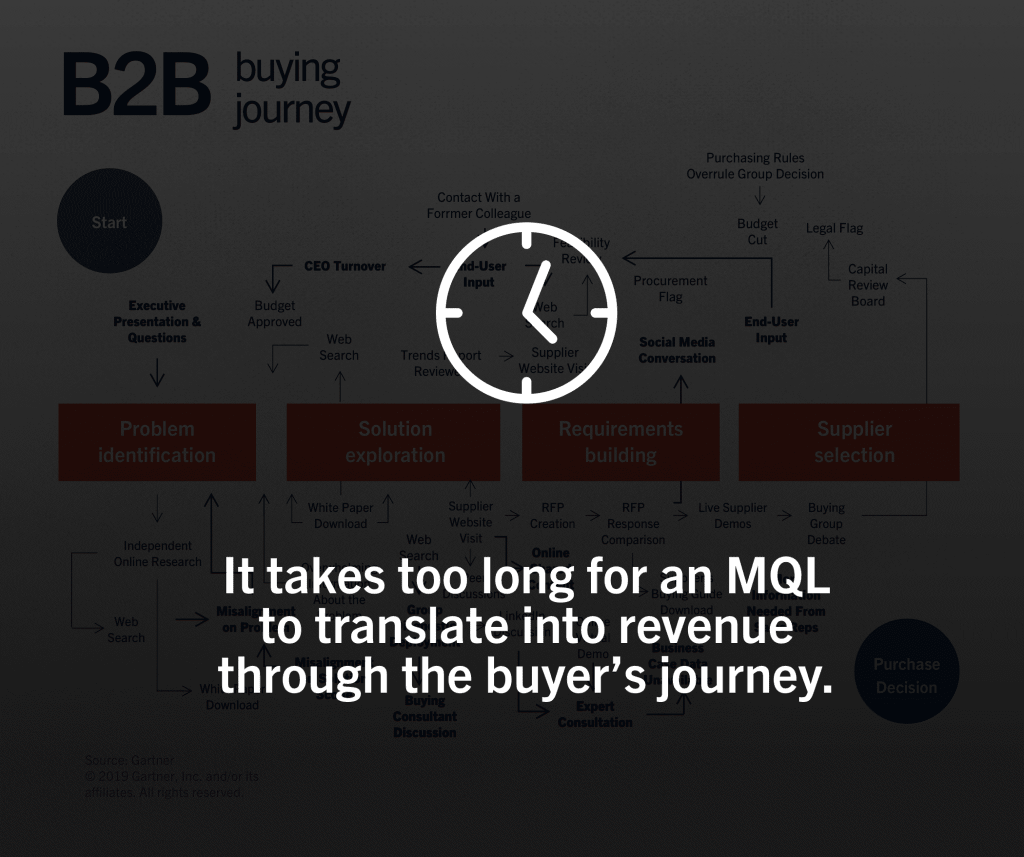
What point in this constantly evolving brand experience was the pivotal point of value for your business? If you simply try to cut it into a “first half” and “second half” view, you’re bound to end up missing some important insights.
And that’s not the only way that the SaaS industry’s unique buyers make it hard for this twin-coined pair.
How Demand Generation In SaaS Differs From Other Industries
The goal of Demand Generation in SaaS is to help consistently scale the visibility of your brand to help support sales. Ideally, you want to be able to know you can pull on certain marketing levers in order to increase sales opportunities, and therefore increase revenue.
“Demand generation in the lens of SaaS is about building awareness of your company’s software and services. [The problem is] there are different levels of awareness, based on the search intent of the user”
And in the SaaS space, “awareness” essentially boils down to discoverability, or your brand’s ability to be found on Google (or other search engines) and other media channels via paid and/or organic methods. This can also be expanded to other word-spreading practices like PR, events, and even old school tactics like billboards and TV ads. If it gets the word out for the need for your brand, you’re generating demand.
How Lead Generation In SaaS Is Different From Other Industries
On the other side of the coin, lead generation focuses on taking this awareness and capitalizing on it by converting these impressions into leads via contact exchanges for different value props like content, free quotes, demos, trials, and more.
This is where the nuances of the SaaS space begin to become a problem. Because in the SaaS space you’re selling a software and not a physical product, your consumers have far more opportunities to compare your brand against your competitors. This is part of the cause behind the extended life cycle of the modern day B2B SaaS buyer.
But another part of the problem that many people fail to account for is the discrepancy of actual end buyer’s in this already complicated journey.
Not only do you have to account for the messy and seemingly never ending life cycle of your target SaaS account. You also have to consider the fact that the so-called “lead” you just converted isn’t even the end-buyer that your sales team needs to connect with.
Go ahead and ask your sales team what they really think of an MQL that comes from downloading an eBook and whether or not they like those calls. The negative answers you receive should be enlightening.
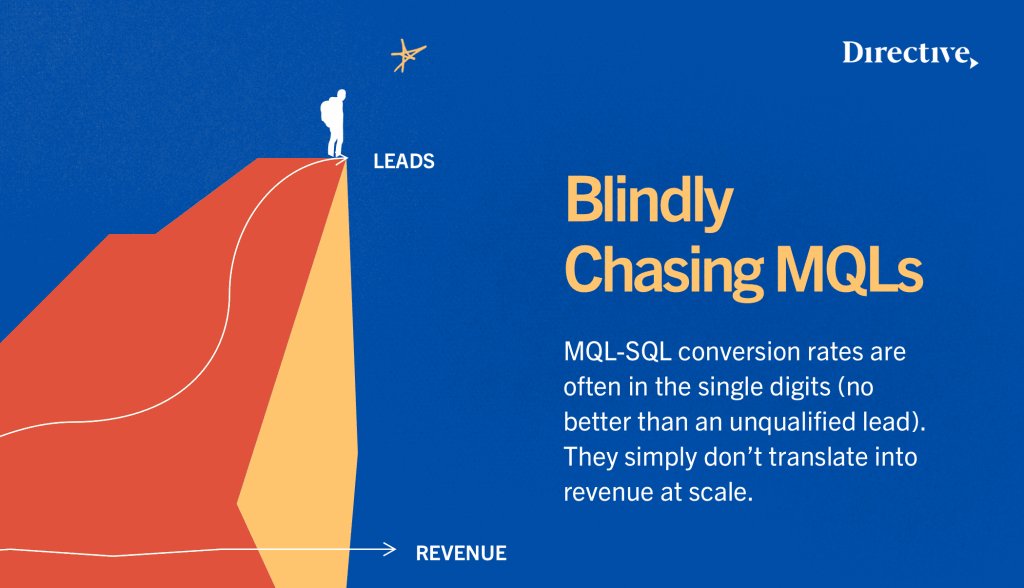
Why SaaS Brands Utilize Demand Generation Strategies
When you take a look around the industry you’ll see that many of the leaders in the SaaS space are leaders in demand generation.
Which makes sense. Given the extended life cycle that we’ve been harping on, maintaining a consistent brand presence that you can lean on until your target buyer is ready to commit sounds ideal.
“Discoverability at every step of the buyer’s journey improves brand awareness. Consistent brand activation is necessary when your target buyer isn’t [always] ready to purchase.”
Oftentimes what happens is that SaaS companies dive deep into highly targeted paid media campaigns and, once they exhaust their paid resources, turn towards demand generation to start expanding their visibility in other ways. This way, the pending threat of increased budget for increased performance isn’t as immediate.
SaaS marketers in particular tend to lean on demand generation strategies because in theory they’re meant to maintain and grow brand awareness within an extended sales cycle. It helps you actually create interest and awareness around what you’re selling.
Sounds like the perfect match for SaaS, right?
That is the promise that Demand Gen offers, after all.
Sadly, when Demand Gen agencies started making promises based on MQLs, they failed to think of the ways it might not be able to deliver.
Customer-Led SaaS Marketing Strategies
Demand Generation most certainly has its benefits, as it allows brands to highlight pain points and needs their audience might not even have been aware of – broadening the visibility of the products/service and the need for their brand. However, what often plagues demand gen strategies, seemingly unavoidable budget burn, comes from the failure to answer a simple question:
Do you really think every single user on Google (or in your Google Ads segment) is a potential customer?
Here’s a hint, unless you’re Google itself, the answer is an emphatic “no.”
This is one of the ways in which Demand Gen simply misses the mark in today’s complex marketing world. Luckily, there’s a marketing methodology, developed here at Directive, that moves past the legacy metrics and misalignment of demand gen to focus on what actually keeps the lights on – customers.
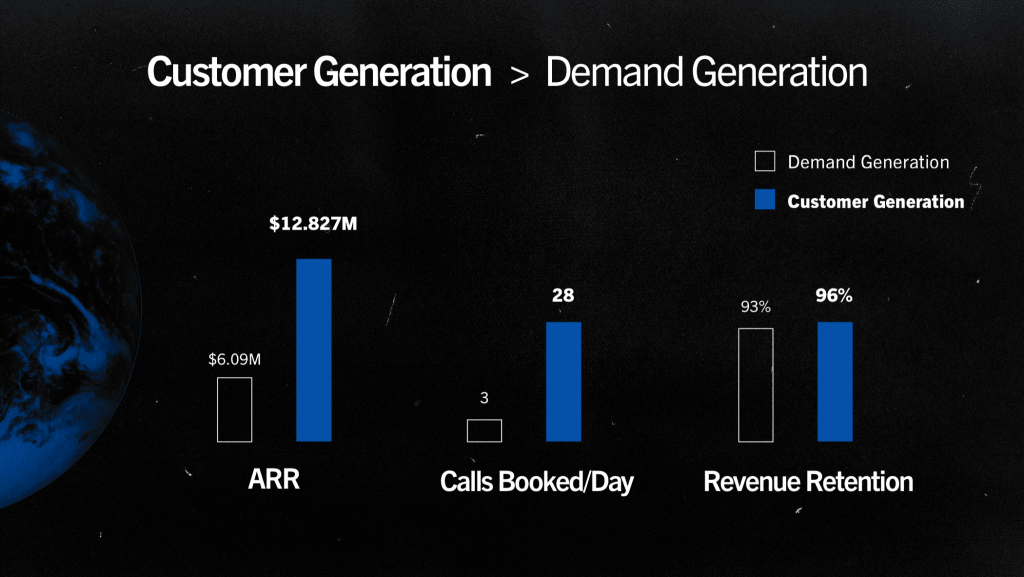
Why Lead Generation Strategies Are Important In SaaS Marketing
Flipping the coin one last time, we can now take a look at why Lead Generation is so important in SaaS. As is the case with any industry, if you aren’t generating leads for your sales team, you’re going to have some serious trouble generating new customers and driving revenue.
The second issue with lead generation beyond its limited focus on the bottom of the funnel is that it doesn’t account for the discrepancy between who the lead converting on your campaign was and who the lead you need to actually contact is.
I refer you back to our graphic about MQLs and their statistical correlation to completely unqualified leads…
As much as we might want to ignore the numbers, the leads that we generate from our gated content downloads and email remarketing aren’t as strong as we’d like to believe.
Anyone sympathizing with Jack Lemmon from Glengarry Glen Ross yet?
How To Combine Lead Generation And Demand Generation
Ultimately, Demand Generation and Lead Generation both serve the same goal. So why are they constantly seen in competition? The issue with most attempted demand gen and lead gen combinations is misaligned goals and metrics.
Because each strategy operates on different NSMs that aren’t tied back to the same singular goal, there’s no way the hand-off between demand gen and lead gen and alignment with sales can be a clean one.
No wonder these old school methods lead to so much waste compared to more customer-aligned approaches.
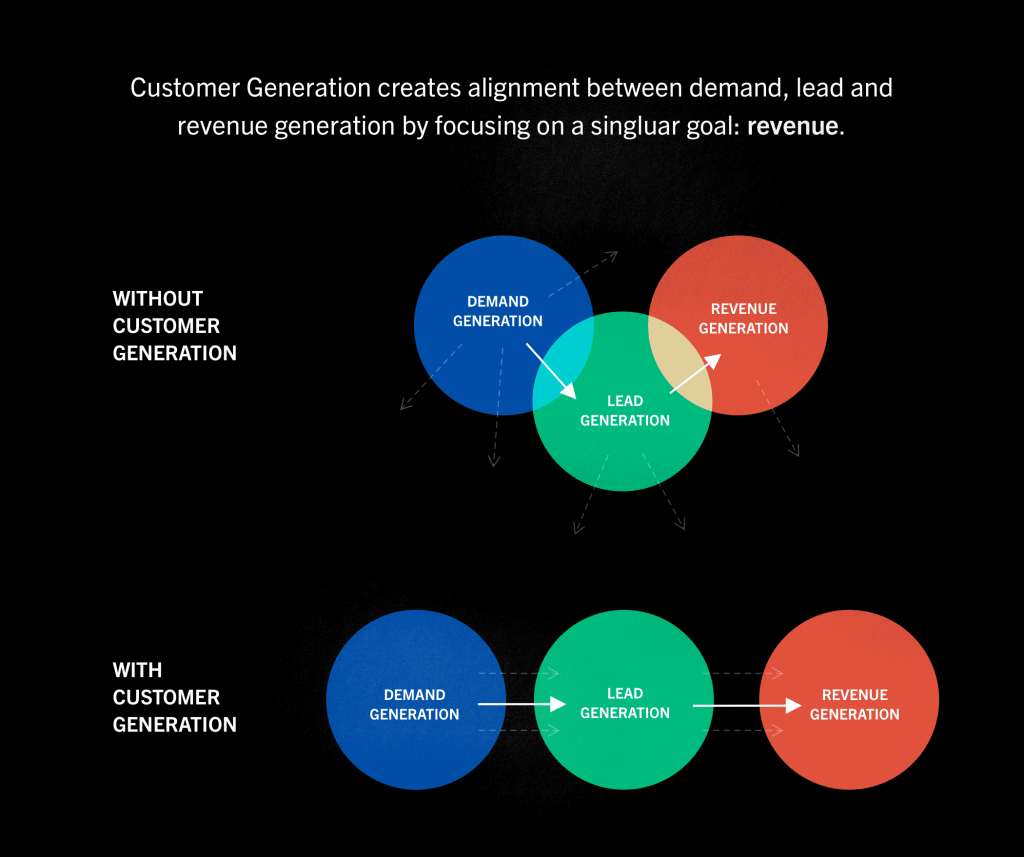
Properly aligning your entire Growth Department towards the singular goal of generating customers is a great first step in terms of optimizing your demand gen and lead gen strategies.
If you want to move beyond aimless efficiency, you can’t just optimize everyone for their individual performance. You need to make sure everyone is looking at the same goal as well.
Who Wins: Demand Generation Or Lead Generation?
So we’ve run through the in-and-outs of what Demand Generation includes and what Lead Generation includes, respectively. And, having taken everything into consideration, it’s time to choose the winner.
But here’s the thing…how do you choose the best side of the coin in this situation?
In a 50:50 flip where you really end up crossing your fingers that the MQLs you generate turn into revenue anyway, how do you choose the best finger-crosser?
Maybe it’s time to consider a new marketing methodology after all.

The truth is that both demand gen and lead gen miss the mark when it comes to actually consistently helping you grow your business. If you want to drive actual growth towards business objectives, outcomes, and revenue, you need to ensure that your chosen methodology reflects that from the bottom up.
Customer Generation vs. Demand & Lead Generation
It’s time we move past the vanity metrics of both Demand and Lead Generation. Today’s SaaS buyers are educated, tech savvy, scrutinizing buyers that you can’t afford to waste budget by sending useless follow up emails or content promotions.
Think about it – when was the last time you were truly struck by a classic demand gen campaign as an individual consumer? Why do you think that the same old strategies will work on your audience instead?
It’s time we all evolve past the old tenants of B2B Demand Generation into the new age of SaaS marketing.
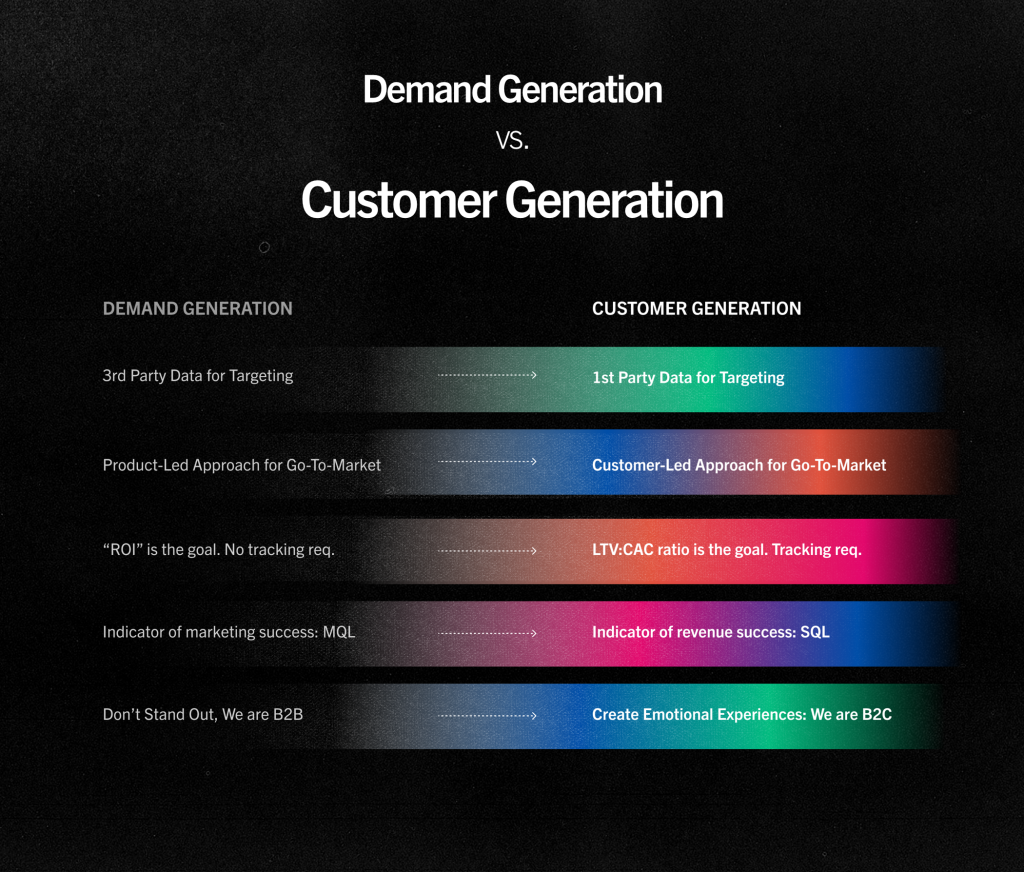
It’s time we all start focusing less on vanity metrics and more on what matters – generating customers.
If you’re interested in learning more about Directive’s new marketing methodology – Customer Generation – and want to start delivering on the promises Demand Gen forgot about, you know where to find us.